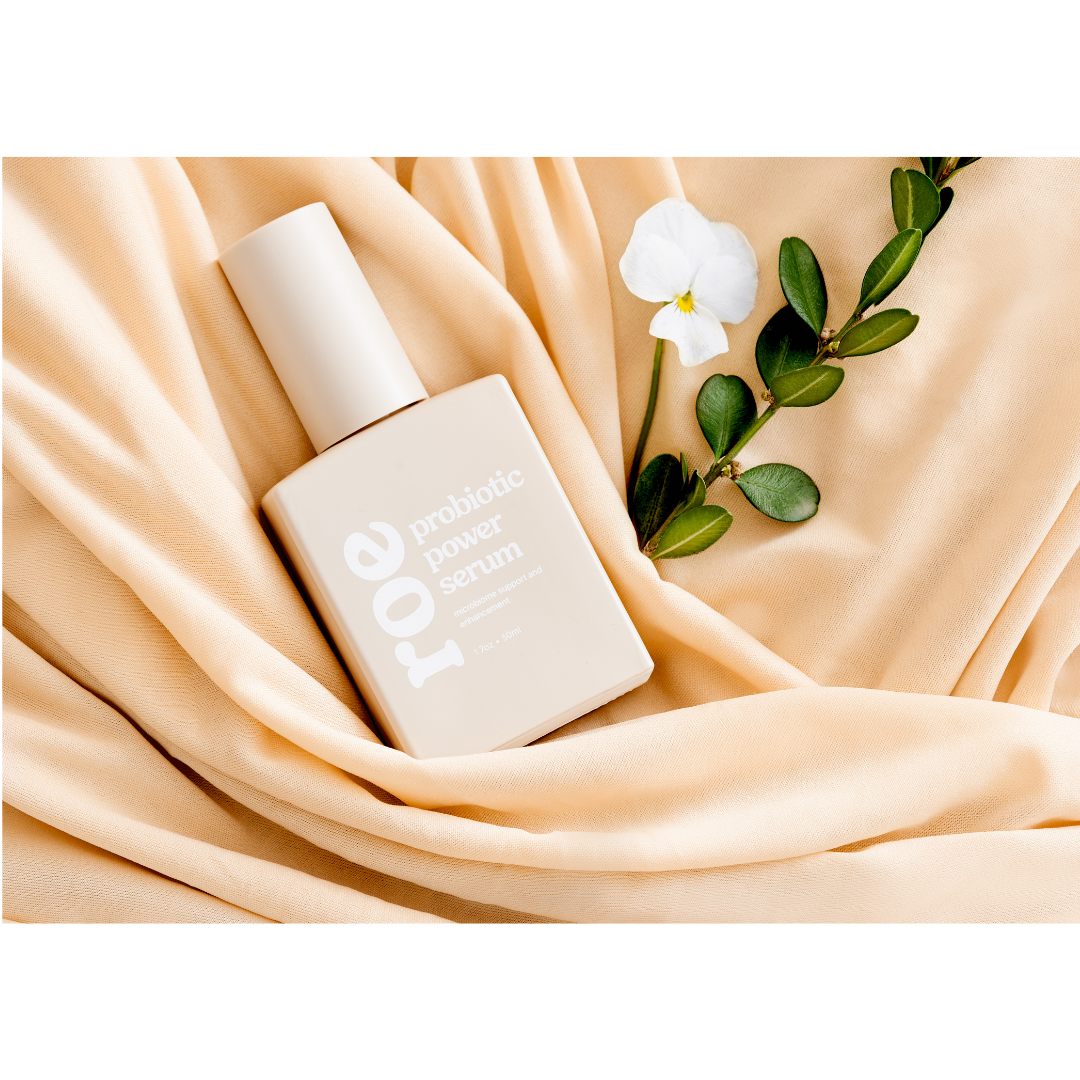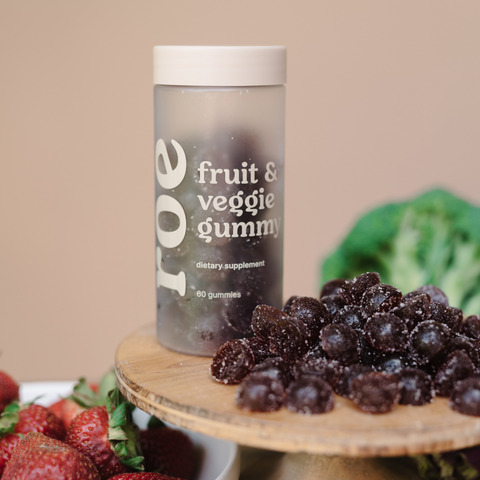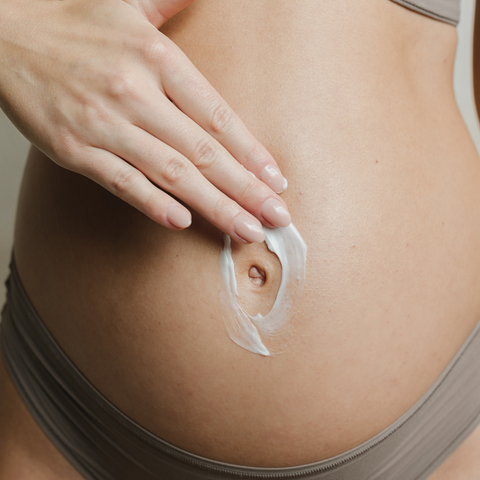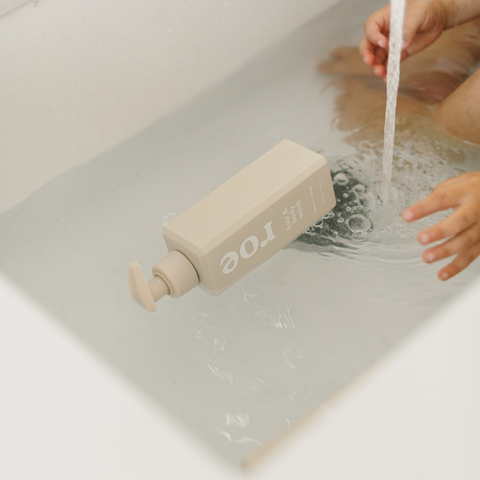Did you know that your infant's epidermis is 20% thinner than an adult's?⁶ When you compare adult and infant skin, an infant's skin is ten times more absorbent. With an infant's skin being ten times more absorbent, this also means that their skin is susceptible to losing ten times the amount of fluid and nutrients.⁷ Within the first year of an infant's life, they have not yet developed the ability to retain their naturally produced moisturizing elements even though their skin contains large amounts of water.⁸

A great way to help deliver nutrients into the skin is with serums.
One of the key ingredients in our Probiotic Power Serum is Tomato Fruit Extract. Tomato Fruit Extract facilitates as a skin conditioning agent because of its high amounts of Vitamin A, Vitamin C, Folate, and Potassium.⁹ Our serum also protects the skin with another component called Phytosterols. Phytosterols are plant cells that protect against the loss of collagen in the skin. Collagen is essential for skin because it assists with skin renewal. Collagen is necessary for infants because it blocks unfavorable matter in the air from penetrating their skin. If your infant’s skin lacks a substantial amount of collagen and they’re exposed to pollutants in the air, their skin is at risk of becoming inflamed.¹⁰
Roe manufactured a serum because we recognize that a moisturizer does not do enough to resolve sensitivity in the skin for everyone. Probiotics are crucial for inputting healthy bacteria deep into the different layers of the skin within the epidermis.¹¹ One probiotic in our serum, Lactococcus Ferment Lysate, incorporates protective antimicrobial peptides. This peptide increases the skin's auto-immune response, which benefits the growth of the skin.¹²

Adding a serum to your baby's skincare routine will benefit the skin by soothing sensitivity and irritation to anything that becomes inflamed within the deep layers of the skin.
Its water-like consistency absorbs into the skin effectively, not wasting any product. So a little bit goes a long way! A protective barrier from harmful debris will leave your baby with more opportunities to be comfortable in their skin.
Sources:
⁶ Stamatas, Georgios N et al. “Infant skin microstructure assessed in vivo differs from adult skin in organization and at the cellular level.” Pediatric dermatology vol. 27,2 (2010): 125-31. doi:10.1111/j.1525-1470.2009.00973.x
⁷ Oranges, Teresa et al. “Skin Physiology of the Neonate and Infant: Clinical Implications.” Advances in wound care vol. 4,10 (2015): 587-595. doi:10.1089/wound.2015.0642
⁸ “Skin Findings in Newborns: Medlineplus Medical Encyclopedia.” MedlinePlus, U.S. National Library of Medicine, medlineplus.gov/ency/article/002301.htm.
⁹ Chambial, Shailja et al. “Vitamin C in disease prevention and cure: an overview.” Indian journal of clinical biochemistry : IJCB vol. 28,4 (2013): 314-28. doi:10.1007/s12291-013-0375-3
¹⁰ “Collagen.” The Nutrition Source, 2 Mar. 2022, www.hsph.harvard.edu/nutritionsource/collagen/.
¹¹ “Probiotics: What You Need to Know.” National Center for Complementary and Integrative Health, U.S. Department of Health and Human Services, www.nccih.nih.gov/health/probiotics-what-you-need-to-know.
¹² Kim, Jung Eun, and Hei Sung Kim. “Microbiome of the Skin and Gut in Atopic Dermatitis (AD): Understanding the Pathophysiology and Finding Novel Management Strategies.” Journal of clinical medicine vol. 8,4 444. 2 Apr. 2019, doi:10.3390/jcm8040444






